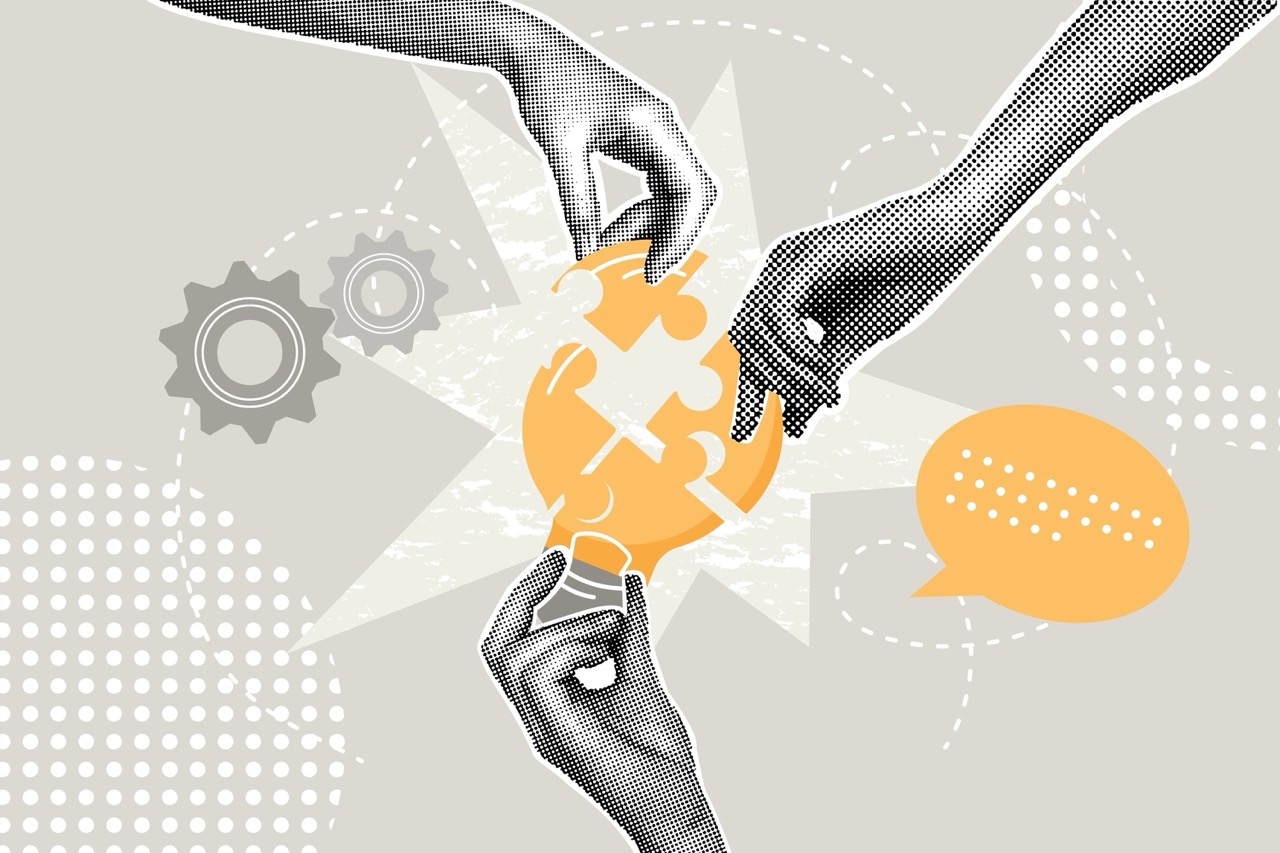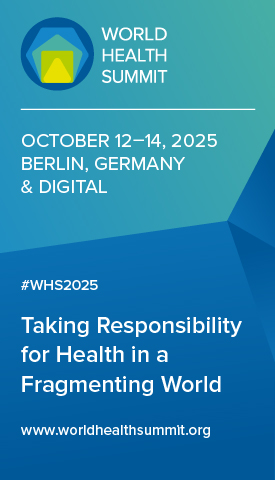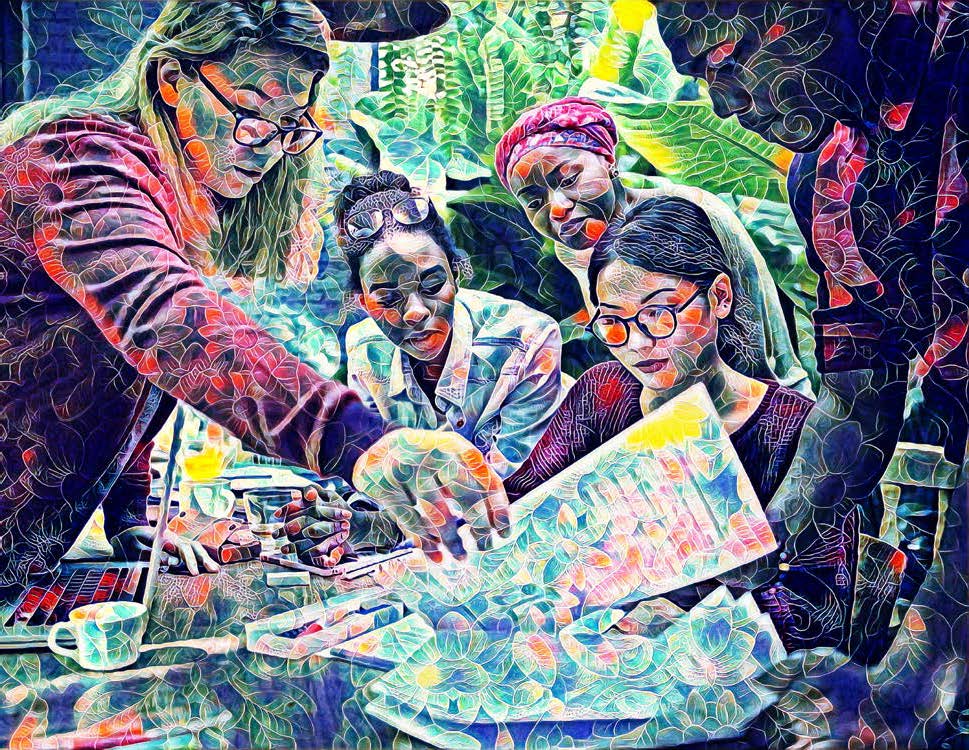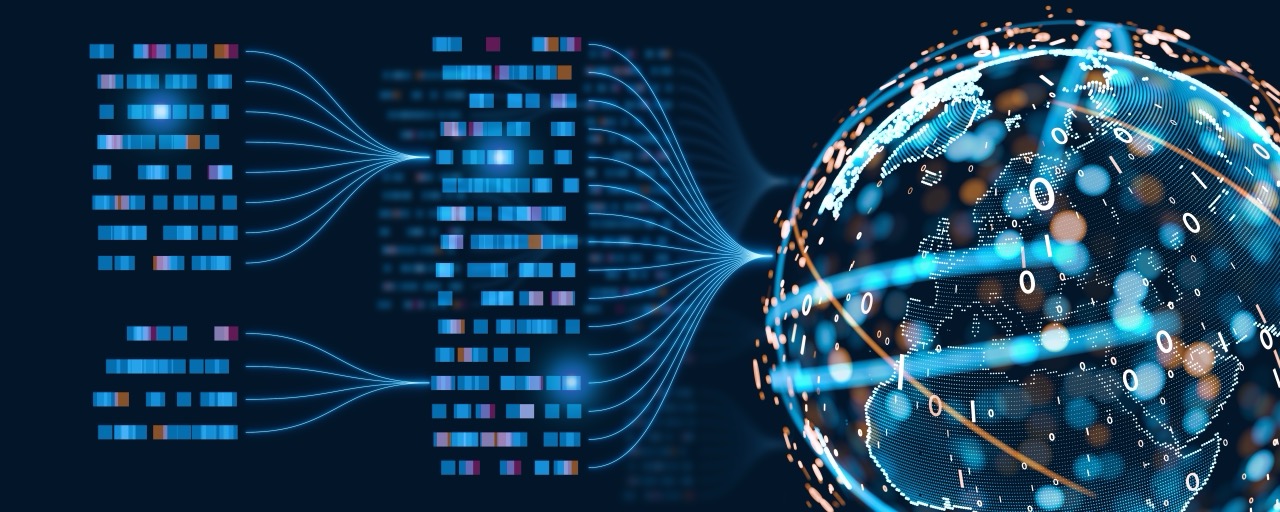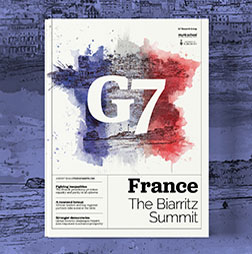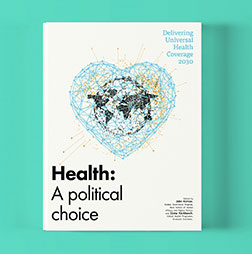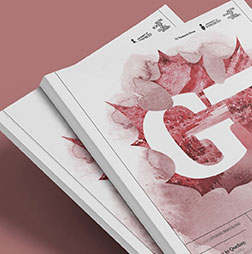Finding alignment in a multi-aligned world
We are no longer in a world defined by a singular global order or clear-cut ideological blocs. Instead, we are in a multi-aligned era – where states increasingly reject binary choices between great powers, pursuing pragmatic, issue-specific partnerships across geopolitical lines. India engages the West on trade while maintaining defence ties with Russia; African countries accept Chinese infrastructure investment while collaborating with the European Union on health security; Gulf states host US military bases while deepening economic ties with China.
This strategic flexibility reflects a profound shift: national interests now drive diverse alignments, creating a world shaped less by alliances and more by fluid alignment.
Alongside this geopolitical revolution, two others are accelerating: the explosion of new technologies and the rise of global risks that transcend borders – pandemics, climate shocks, nuclear threats, mass displacement. These three revolutions – of power, technology and risk – are interwoven and exacerbate each other. Too often, they leave the world’s most vulnerable people worse off.
Uniting behind humanitarian goals
In a more interconnected world with huge technological advances, global health should be a political choice for international alignment. Starting with interventions at the apex of need and cost-effectiveness can deliver shared benefits.
Here are three examples on which we can build.
Take acute malnutrition, the peak of the humanitarian crisis pyramid – 45 million children suffer globally, and it contributes to nearly half of all under-five deaths. Yet 80% of children in conflict zones receive no treatment at all. The reason? An outdated system requiring complex diagnostics, parallel supply chains and separate treatment protocols for moderate or severe cases.
Delivery is hardest where the need is greatest.
The International Rescue Committee has piloted a simplified protocol treating both moderate and severe malnutrition with a single diagnostic tool, one treatment product and community-based distribution. In trials with more than 100,000 children, recovery rates reached 95% while costs fell 21%. If scaled, millions more children could be reached with the same resources.
Or consider immunisation. Since 1974, global coverage has grown dramatically – but plateaued at 85%. Eleven million children in conflict zones remain beyond the reach of public health systems and are 60 times more likely to die from preventable disease.
With a $57 million investment from Gavi, the Vaccine Alliance, a consortium led by IRC pioneered the REACH model, working with local humanitarian actors to negotiate access with non-state groups and vaccinate children wherever they are. Since the end of 2022, this programme has administered 19 million vaccine doses, including 682,000 zero-dose children. Access to target communities jumped from 16% to 96%, at a cost of $4 per dose.
Gavi itself is a case study in cooperation in a multi-aligned world. Its board brings together donor and recipient countries, industry representatives from China and India alongside officials from the United States and Pakistan, regional rivals and a Gulf state represented on the board by European technocrats. Even adversaries can align when benefits are mutual. The United Kingdom has made this point explicitly, justifying its Gavi pledges as both solidarity and an investment in its own health security and soft power. Now, the REACH model must be institutionalised and scaled through direct investment in front-line delivery.
Finally, on sexual and reproductive health, the gap is stark: 130 million women and girls in humanitarian settings lack basic services, leading to 121 million unintended pregnancies per year – 60% ending in abortion. In 29 countries with UN humanitarian appeals, maternal mortality rates are among the highest in the world.
Hope through empowerment
Yet innovation offers breakthroughs. In rural South Sudan, IRC trained women to self-administer injectable contraceptives such as Sayana Press. More than half were first-time users; a year later, 57% had continued to use it. In Somalia, a multiyear family planning programme saw per-user costs drop from $123 to $17. Self-managed contraception empowers women, lowers costs and saves lives. Scaling this model could prevent up to 30% of maternal deaths.
Across malnutrition, immunisation and reproductive health, the story is the same: proven, cost-effective solutions exist. What’s missing is political and financial will.
IRC is calling for three shifts in global health policy. First, a prioritisation drive: funding must follow both evidence of need and evidence of impact. Second, a cost-effectiveness drive: aid should be measured not by inputs but outcomes. Third, an alignment drive: major donors and multilateral agencies must reduce fragmentation, extend funding lifecycles and deliver at scale.
We must build more coalitions like Gavi on priority global health issues – coalitions that prioritise proven interventions while recognising self-interest as a legitimate driver of cooperation. We need to learn and build by doing; we cannot wait for the perfect or the comprehensive. These coalitions should focus on truly global challenges such as pandemic preparedness. That means asking hard questions: how do we get regional centres for disease control and development banks to adopt interoperable standards and financing? And how do we ensure humanitarian settings are prioritised for effectiveness, not only fairness?
In the longer term, multidimensional coalitions are needed for the issues that matter most, making humanitarian health more resilient to shifting geopolitics. This requires rebuilding the trust not only of recipients in conflict zones but also of taxpayers in donor countries.
The world may be fracturing geopolitically – but that is all the more reason to align morally and practically around the health of the most vulnerable. The humanitarian imperative, the economic case and the technological opportunity all point in the same direction.
In a multi-aligned world, it is time to find alignment in health.
